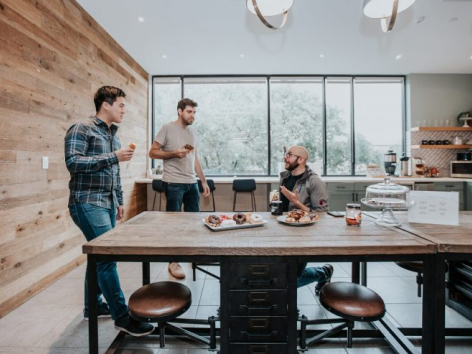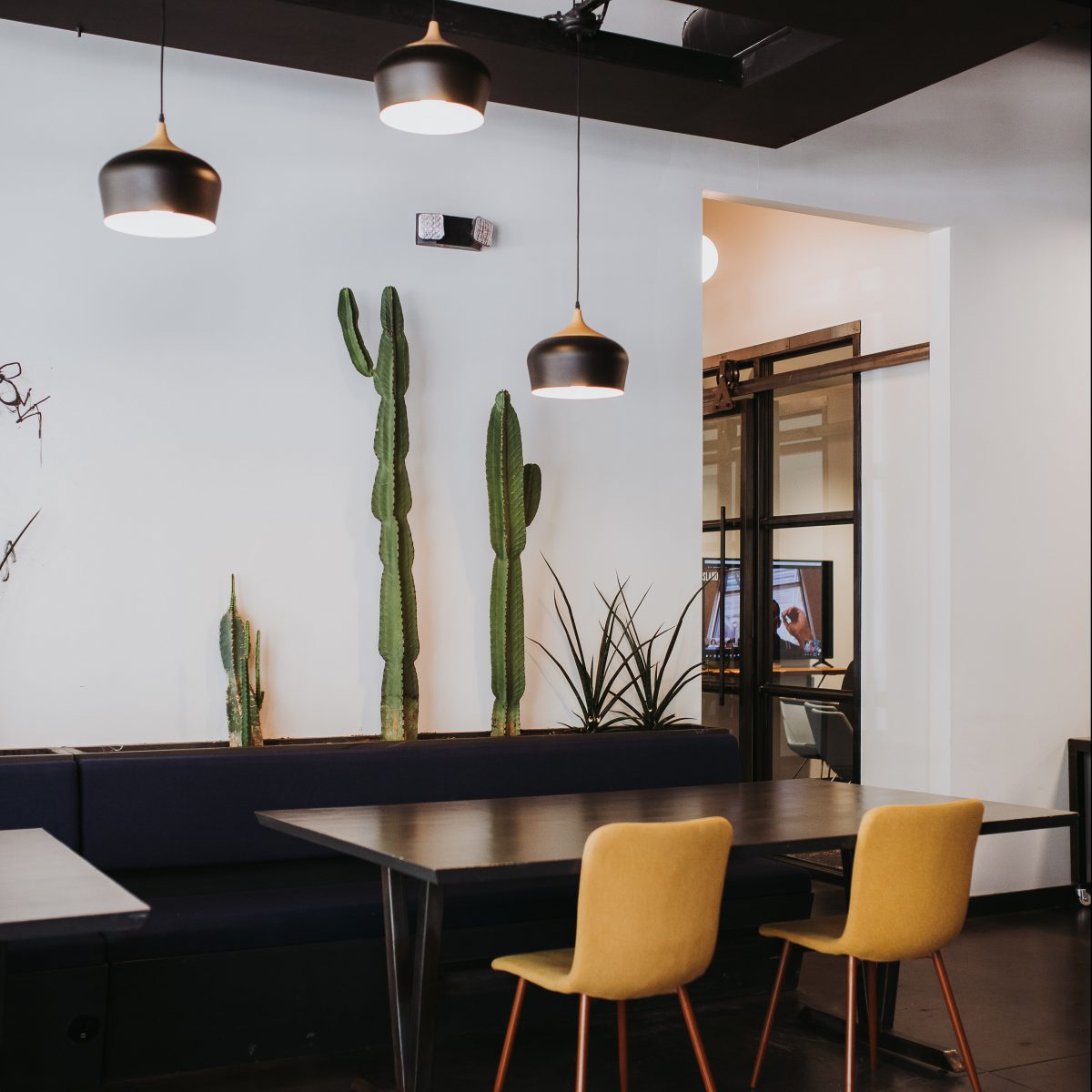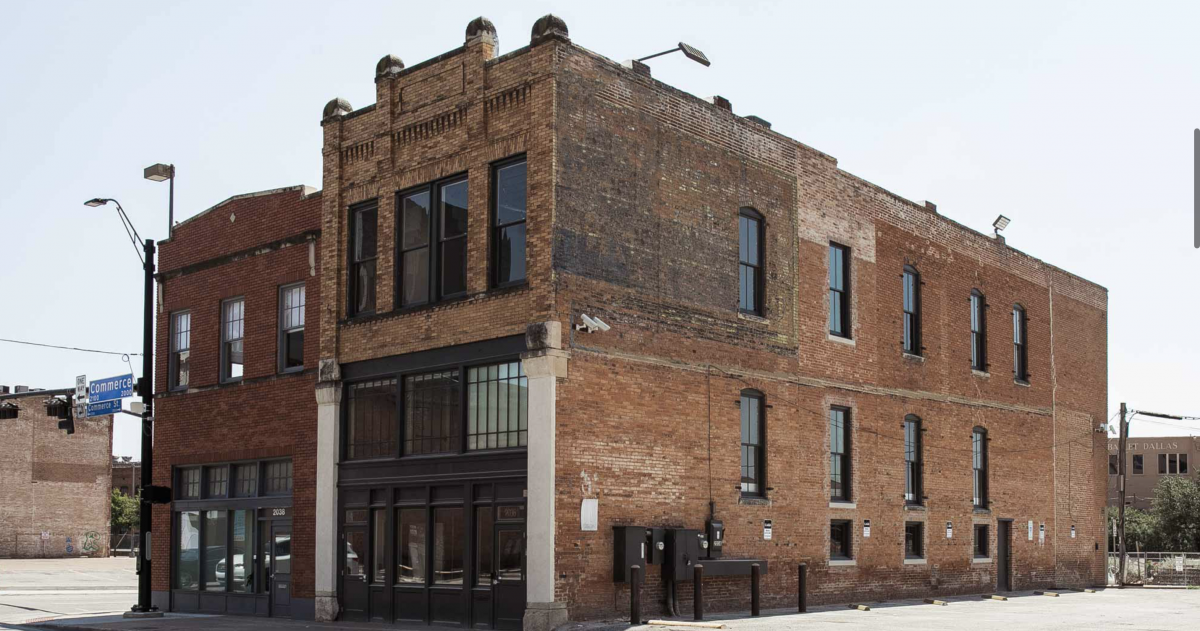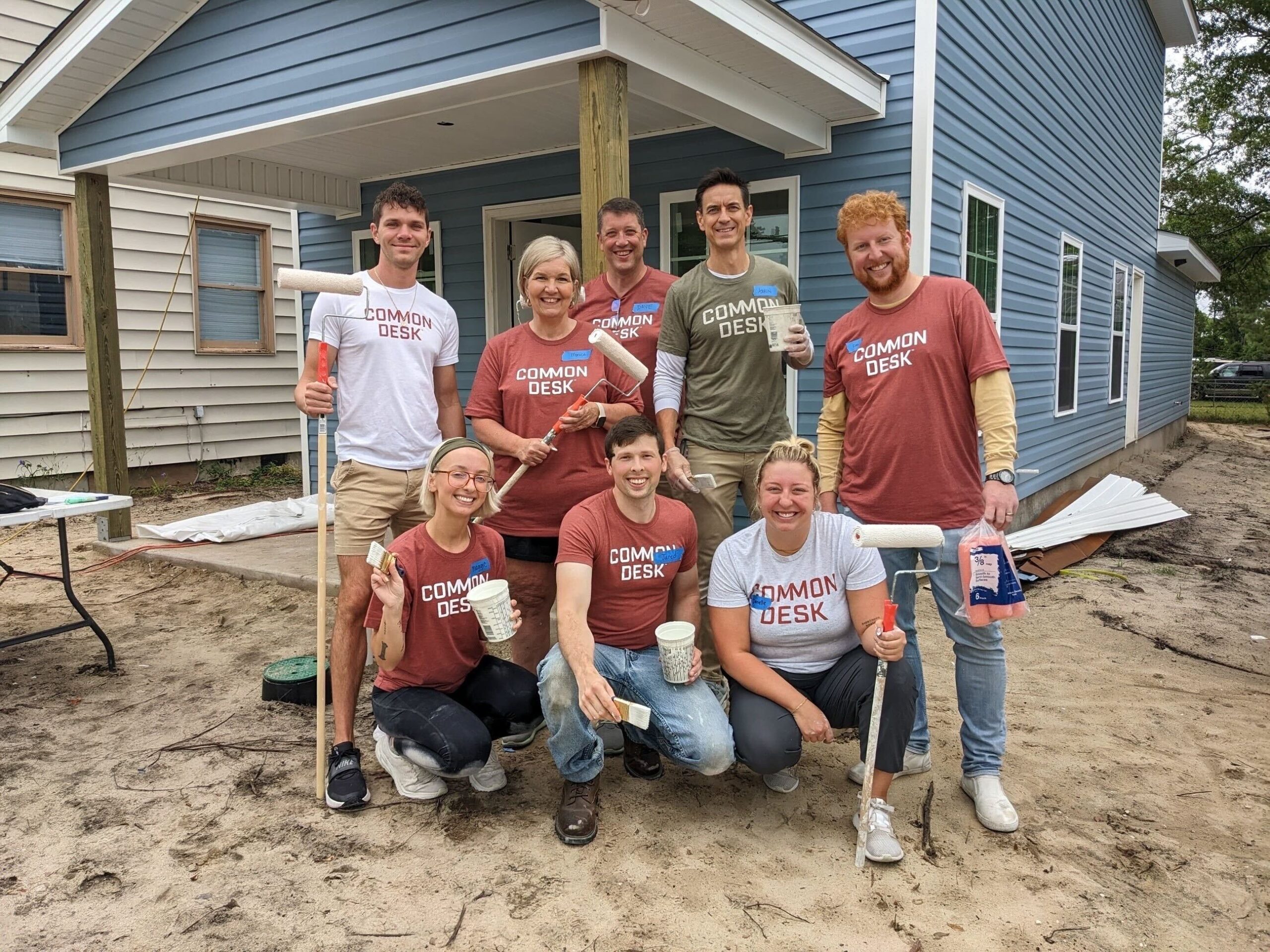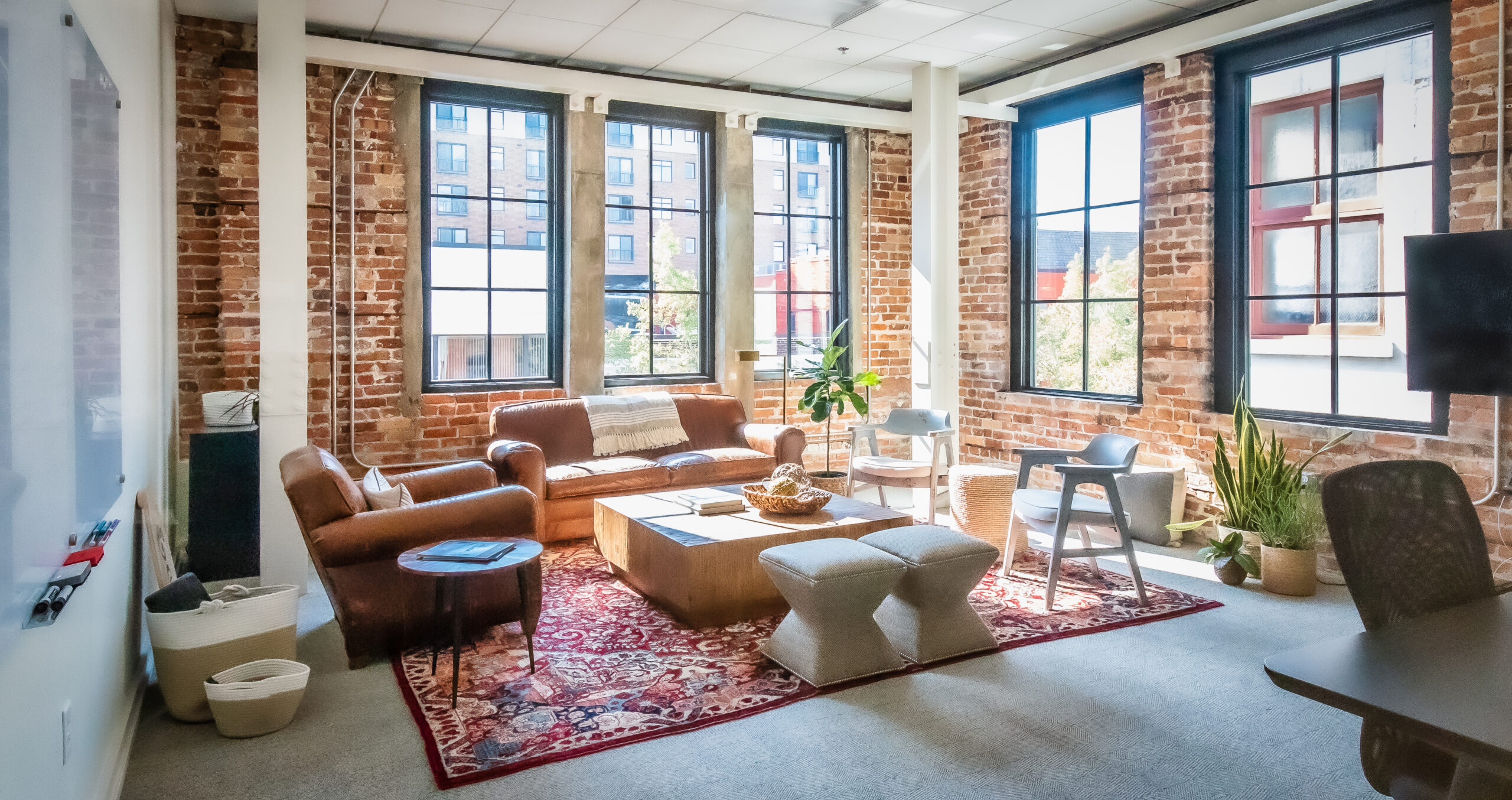Let me know if this image sounds familiar: there you are, just minding your own business scrolling through Instagram and suddenly you see an ad for a trip to Mexico. You think to yourself……hold on, I was just telling my friends I wanted to take a trip to Mexico last night! Is my phone listening to me? Are the walls filled with microphones? Is the government controlling my every move? Well…. not quite. Actually, what you just experienced was a very calculated and purposeful digital ad campaign. Facebook successfully used its algorithm, powered by your online habits and personal profile, to determine that a trip to Mexico may just be exactly what you’re wanting.
While it may feel slightly creepy, your online habits and data are a very valuable tool in driving quality content to your feed, along with connecting businesses to potential customers (that’s you!). From a consumer standpoint, the ads you see are hopefully more targeted to your interests and provide an avenue to connect you to companies and products that you actually enjoy and find value in. From a business standpoint, you can utilize this data for advertising efforts in order to reach more consumers, learn from their habits, and adapt to what you provide to the marketplace.
Let’s examine how to organize this data and use it to your advantage as a small business!

Driving digital awareness, engagement, and overall sales can seem scary and overwhelming. With so many platforms and channels to advertise on, how are you supposed to choose one? You may be wondering: is it worth my money? Can I even compete?
Don’t sweat; we have a few tips and tricks to help you along the way. Before we start anything, stop for a moment and ask yourself these questions:
- Who are my customers?
- Where do they live?
- What are my top 3 objectives?
- How much money am I willing to spend?
- How am I currently presenting my product online?
In addition, I highly encourage you to install the Facebook pixel on every page of your website. This will give you the ability to track actions on your site and utilize them to build audiences within your campaigns at every level of the buying cycle (CHA-CHING!), explore the different audience types and get creative with audience segments and functions.

First thing’s first–it’s important to structure campaigns in a way so as to drive awareness of your brand, drive clicks to your website, and ultimately drive a completed sale. You can achieve this by creating a full-funnel approach, which means dividing up your funds into three different campaign objectives of: awareness, traffic, conversions. These objectives are found in most social ad platforms when creating campaigns. A common practice for budget distribution is 50% upper funnel, 40% mid funnel, and 10% lower funnel. Within each of these campaign objectives, you can utilize “Campaign Budget Optimization”. This will rotate your budget towards the highest performing ad groups within each of your campaigns.
Next up, it’s time to decide which platforms to be on!
As you may expect, most social media users prefer Facebook/Google within their variety of apps. Keep in mind who (as in which demographic) is active on each platform as well as the platform’s functionality. In this case, we will focus on social platforms as our sole stream of ad serving. As a placement example, if you are looking for job seekers, focusing on LinkedIn would be a great idea! In addition, if user engagement is key, then Twitter can be a great way to drive expanded reach to a platform that is heavy on user engagement. Finding the best mix of platforms and audience segments is key to creating high-quality campaigns that connect you to potential customers! Your people are out there, ya just gotta go find them!

Thirdly (hang in there), it’s essential that you create unique content that is tailored to each platform, your audience, and platform-specific placements. There are a variety of different creative options out there that are always being updated. I challenge you to explore all the variety of options and get creative!
Alright, let’s put all this information into practice with a little example!
Let’s say that I sell custom branded t-shirts to my customers, who are between the age of 18-35 and live in Dallas, TX. I am looking to drive awareness/clicks/conversions on my website. I am willing to spend $4,000 a month on ads, and I currently have Facebook, Instagram, Twitter, and LinkedIn accounts, along with a website that has an online purchase option.
Let’s split the budget: $2,000 to Awareness, $1,600 to Traffic, and $400 to Conversions.
Let’s pick our platforms: Facebook, Instagram
Let’s have a goal: Sell 160 shirts a month
Remember the goal here is to drive new customers, encourage them to explore your website, then retarget them with the intention to buy, if they have not already. Below is a general campaign structure that I highly recommend as a starting point for the first phase of your digital marketing endeavors!
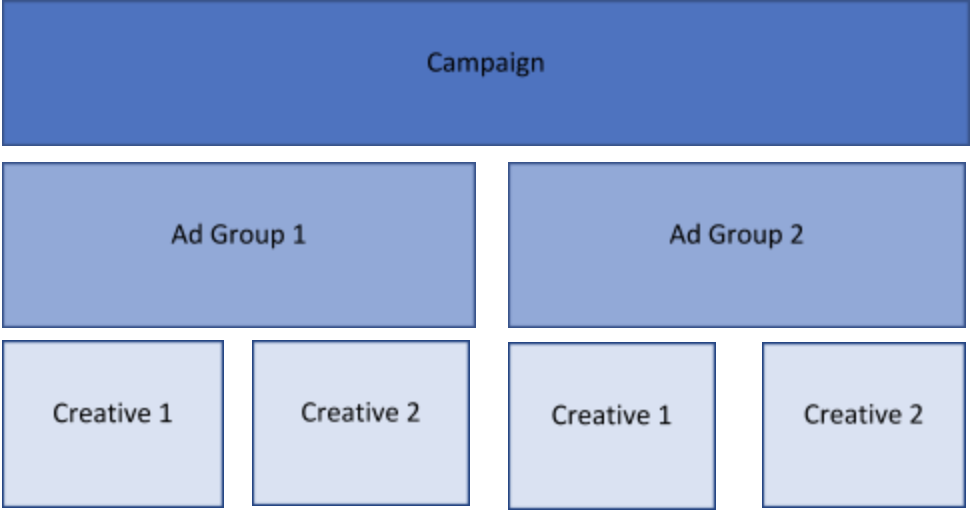
Campaigns holds the objective (ex. Traffic) and budget, ad group holds the targeting and audience type (ex. T-shirt Interest), and under all of that is our creative types (Image, Video, Gif). These will all use Facebook’s algorithm to auto-optimize towards each campaign’s goal.
And just like that, you’ve got yourself a digital ad campaign!

This information is really introductory, but hopefully this overview gives you some knowledge and background into paid social advertising and how to get started structuring your first campaign! Keep in mind that advertising is an ever-evolving field, and sometimes breaking the rules can make you stand out.
Now, go take your new-found insight and make it your own. You can do this!







